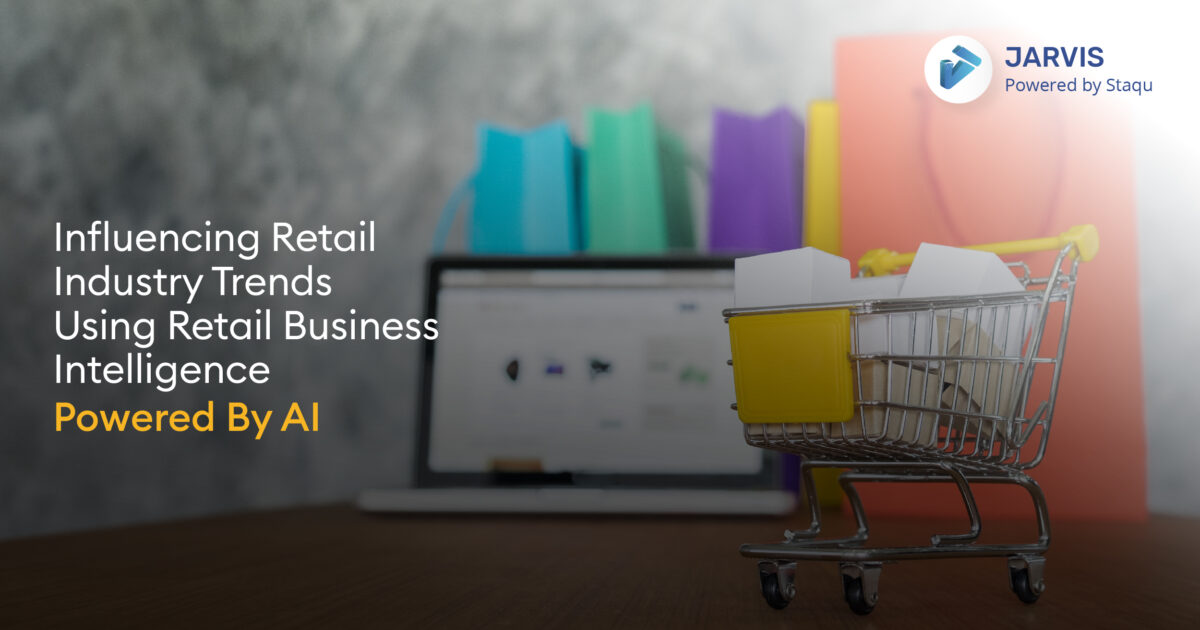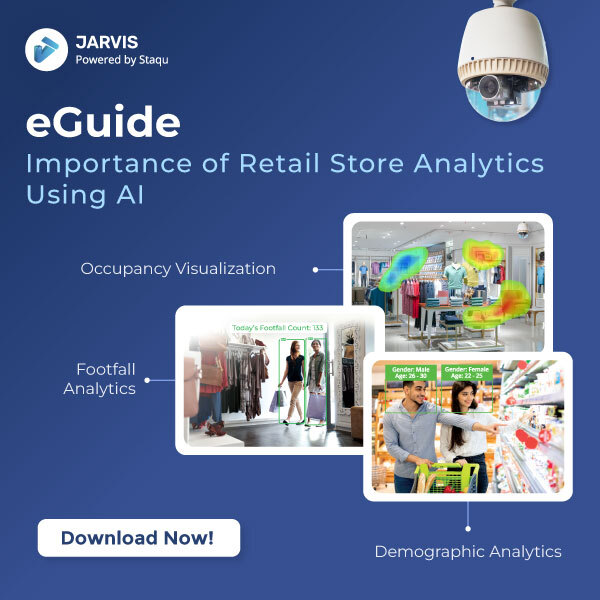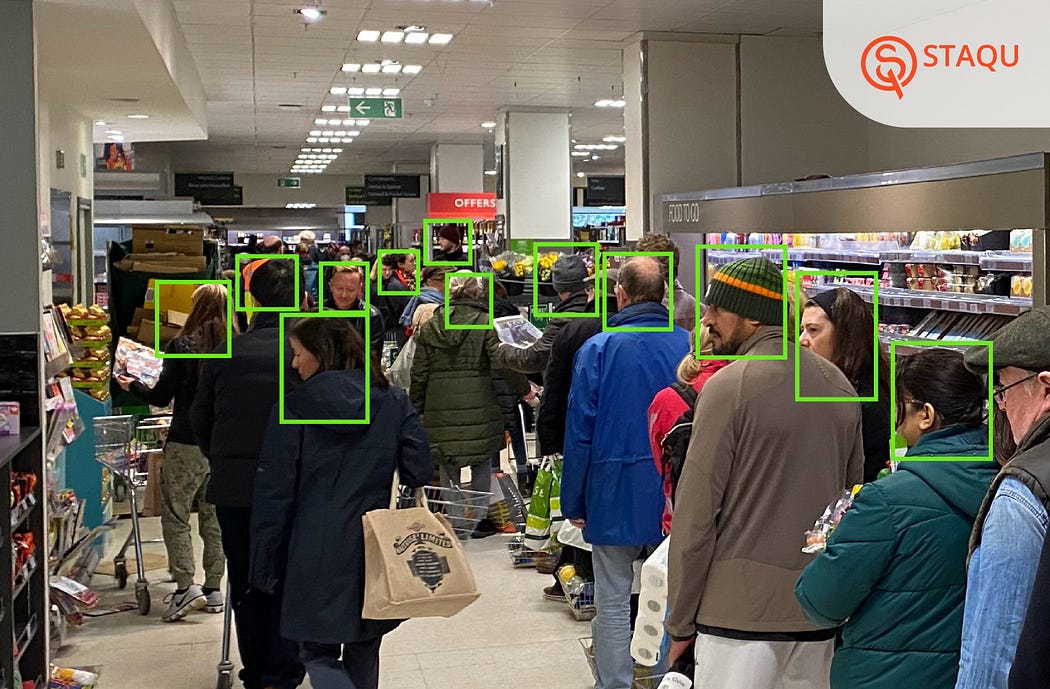Influencing retail industry trends using Retail Business Intelligence powered by AI

Learn how the application of retail business intelligence is a game-changing process for your retail business.
Retailers are trying their hands at AI-powered business intelligence tools to yield maximum benefits for their retail business. Taking this step is vital for retail businesses to up their game in an industry predominantly revolving around e-commerce. AI-powered business intelligence in retail focuses explicitly on studying and identifying patterns and shifts in consumer behavior and market trends.
You may think that big corporate houses such as Amazon and Walmart are the only ones tapping into this niche of AI-enabled services. But, AI in retail has now become more readily available to all. Business intelligence tools for retail are helping businesses from various domains to grow and expand their capabilities and tap into the wants and needs of their customers.
What is Business Intelligence?
Business intelligence (BI) refers to a collection of procedures, frameworks, and tools that transform unprocessed data into actionable knowledge that helps businesses operate profitably. It is a collection of tools and services for converting data into knowledge and information. The primary aspect of these tools is that it does not rely on personal assumptions and feelings, it only feeds on data to understand the market and customers.

Download eguide
Also Read: The Ultimate Retailer’s Checklist to Choose the Best Video Analytics Software

Staqu’s Jarvis is a business intelligence solution powered by AI video analytics that is effectively used to analyze real-time data in the retail industry, like store footfall, queue management, demography, customer journey, and many more.
What are the benefits of retail business intelligence?
The main benefit of BI in the retail industry is that it optimizes decision-making processes and helps businesses run smoothly. If you are planning to integrate business intelligence tools into your retail business, here are a few ways how it will benefit your business.
- Merchandise Improvement: BI can assist shops in determining which products are selling well and which are not by providing insights on centralized dashboards. Making judgments regarding what to stock in stores and how to price things will be easier with the help of this information. With Jarvis’ heatmap analysis, a retail store can gain insights into which aisle has the maximum number of customers. This insight shall further help track the store’s products with the highest sales.

- Inventory Management: Retail business intelligence can assist shops in better managing their inventory by letting them know when certain things are in limited supply so they can replenish them before customers start shopping elsewhere. Additionally, you can use it to track when things are about to expire so that they don’t have to be discarded prematurely.
- Improved understanding of customer behavior: BI in retail can assist merchants in identifying their target audience’s needs and behaviors. By using the data, customer service may be enhanced, and marketing initiatives can be made more efficient.
Book A Free Demo
- Quickly find important information: BI tools save time sifting data and deliver precise insights in clear dashboards. It is crucial to note that this data may be examined in real-time, enabling businesses to respond swiftly to new information by, for example, modifying prices, reallocating stock, or changing specials and offers. Large retail companies use the latest AI capabilities to understand their customers better and optimize the supply chain.

- Discover trends: Retailers can learn about broad patterns and consumer habits by performing simple analyses like identifying the product category that generated the most revenue in a given month or determining the effect of a promotion on the gain. AI can help analyze the less obvious insight that can help you surpass your competitors. With machine learning and natural language processing, AI can sift through vast amounts of unstructured data to find patterns that users may not even be aware of. Businesses can use these insights to forecast demand for upcoming products, create new shopping campaigns, and improve customer interactions. For example, using Jarvis’ Demographic analysis, a retail business can determine if they have more male or female customers and design their marketing campaigns using this information. Businesses merely need access to the Jarvis dashboard, where all the data is readily available, to use the acquired information.
Final Thoughts
Intelligent technologies are becoming more and more essential to making profitable business decisions as the amount of data that merchants collect increases daily. Retailers need to adopt business intelligence and the newest technologies to enhance their decision-making if they want to stay ahead of the curve. These technologies will enable retailers to not only improve their performance but also shape the retail landscape of the future. If you are eager to find out how Jarvis is shaping the retail business intelligence niche, contact us.